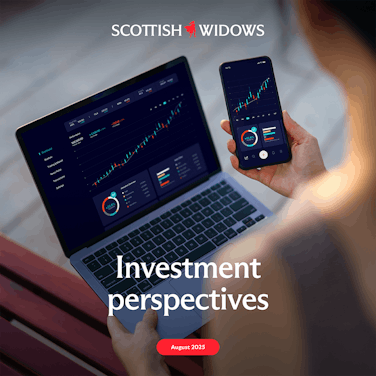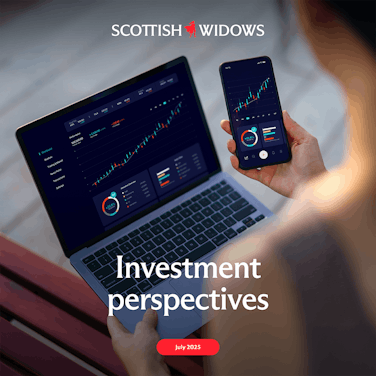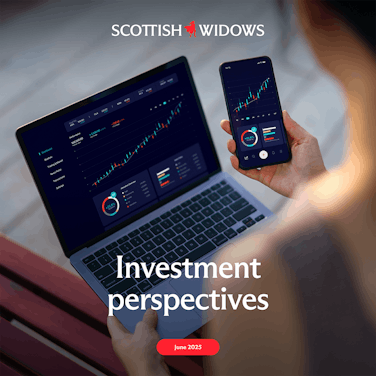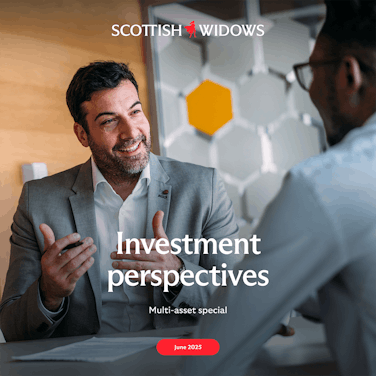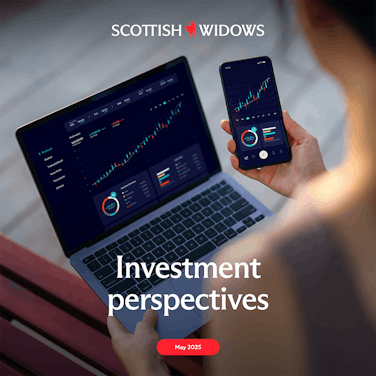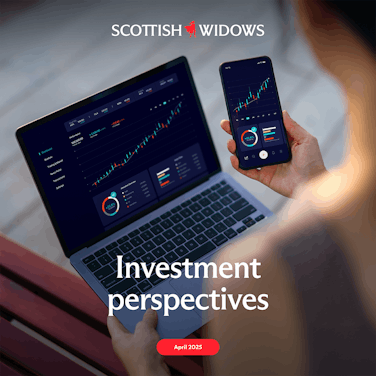
Why we can still deliver sustainability
The world has had yet more stark reminders, as if we needed them, over the summer of the impact of climate change, notably through raging wildfires in Europe and North America and major floods in Asia. By mid-August, fires had burned 860,000 acres of land in Spain, surpassing 2022 as the worst year, while fire and rescue services in the UK had responded to 33% more wildfire incidents in the first seven months of the year compared to the previous high, also in 2022. And, most recently, this has been compounded by the rapid ice decline in Antarctica.
This suggests we are not delivering sustainability as defined by the Brundtland Commission 38 years ago: “meeting the needs of the present without compromising the ability of future generations to meet their own needs”.
The Stockholm Resilience Centre assesses nine critical processes that maintain a stable and resilient Earth. In 2023, it concluded that six of them – including those relating to climate change, biosphere integrity, and nitrogen/phosphorus flows – have already been breached. This places us beyond the safe operating space that has historically enabled human civilisation to thrive, putting ongoing human welfare at risk. Clearly, something has to change.
Sustainable investment is about solving problems while generating long-term value.
It is tempting to respond by arguing that we should replace our competitive, profit-driven market economy with something entirely different – a low-growth, no-growth or even de-growth model. While this idea may sound appealing, it faces major challenges: who would decide which model to adopt, how long such a revolution would take and, most importantly, whether it would actually deliver better outcomes. I believe the biggest issue is that our current system, despite its flaws, is remarkably effective at producing solutions to the problems we face.
Historically, we have achieved great things when science, government and society, and business have worked together. The prime example of this is one of the critical processes that are in balance, namely ozone depletion. This was a global environmental problem that has been solved by businesses replacing CFC with HCFCs.
We believe that our best chance of successfully dealing with these monumental challenges is to back companies that can innovate and widely distribute new ways of doing things. Change can be dramatic. For instance, few people even 10 years ago would have predicted that UK electricity in 2024 would have been over 50% renewable.
For this reason, we invest in companies that are enhancing building efficiency through smart heating, ventilation, and air conditioning systems, as well as improved insulation; transforming waste into durable, long-life materials; and developing technologies to detect and monitor pollutants such as PFAS (Perfluoroalkyl and Polyfluoroalkyl Substances, often called “forever chemicals”) and microplastics.
By investing in companies that lead on climate, circularity and clean water, we are not only supporting environmental restoration but backing those best placed for long-term success in a resource-constrained world.
We also need to invest to become more resilient to a warming world through companies that are:
- either investing in key infrastructure to make it more resilient to increased extreme weather events;
- making equipment used to better monitor or control the increasing extremes in our environment; or
- providing insurance solutions that helps mitigate these risks effectively.
Beyond themes that have the potential of mitigating the extreme events caused by climate change, we believe there will also be strong structural growth for companies linked to healthcare and life sciences. Many of these are trading on extremely depressed multiples. Indeed, our analysis suggests that many mid cap sustainable investment companies will deliver strong growth over the coming years and yet are trading at a significant valuation discount to the historic average.
There are three critical areas to the improving health and quality of life theme: early diagnosis and screening; medical innovation, especially the shift from small-molecule to biologics-based treatments that are more effective but require complex delivery systems; and promoting healthier lifestyles.
Sustainable investment can also be a force for transformation by driving environmental and social change in a world of shifting demographics, digital threats and global interconnectedness.
Globalised supply chains have delivered enormous economic benefits but they have also introduced serious risks. These range from poor labour practices and environmental degradation to supply disruptions caused by geopolitical shocks and natural disasters. Responsible oversight is essential, and sustainable investors are positioned to demand higher standards.
We believe that our best chance of successfully dealing with these monumental challenges is to back companies that can innovate and widely distribute new ways of doing things.
Good governance might not grab headlines, but when it fails, the consequences can be catastrophic; think of the collapses of Enron and Wirecard. Strong governance, on the other hand, fosters ethical behaviour, improves risk management and aligns management incentives with shareholder value.
Cyberattacks pose one of the greatest threats to businesses, governments and individuals. From ransomware to data theft, digital breaches are now routine and costly, with some incidents, like that at M&S, leading to estimated losses of £300 million. Sustainable investment in cybersecurity addresses two fronts: supporting companies offering advanced protection tools and engaging with businesses to ensure robust governance around cybersecurity.
Sustainable investment is about solving problems while generating long-term value. From rebuilding our planet’s ecological stability to transforming global health, fixing broken supply chains and securing the digital economy, these interconnected themes are a reminder of why a sustainability lens is vital for responsible capital allocation.
Important information
Capital at risk. This marketing communication does not form part of a direct offer or invitation to purchase securities.
This should not be construed as advice for investment in any product or security mentioned, an offer to buy or sell units/shares of any Funds or services mentioned, or a solicitation to purchase securities in any company or investment product. Examples of stocks are provided for general information only to demonstrate an investment philosophy.
The article contains information and analysis that is believed to be accurate at the time of publication but is subject to change without notice. Whilst care has been taken in compiling the content of this document, no representation or warranty is given, whether express or implied, by Liontrust as to its accuracy or completeness, including for external sources (which may have been used) which have not been verified. Before making an investment decision, you should familiarise yourself with the different types of specific risks in your situation.
Further information can be obtained, free of charge, from www.liontrust.com or direct from Liontrust. This material is issued by Liontrust Investment Partners LLP (2 Savoy Court, London WC2R 0EZ), authorised, and regulated in the UK by the Financial Conduct Authority (FRN 518552) to undertake regulated investment business























